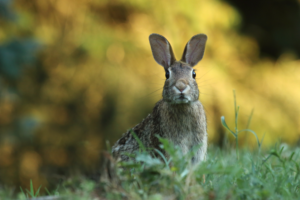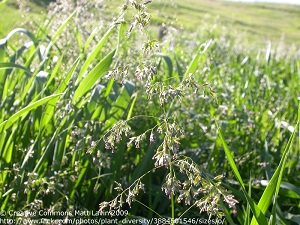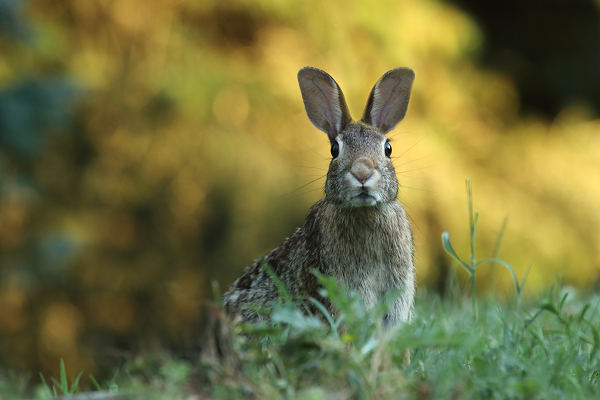Spring barley – March 2020
19 March 2020Pests
Wheat bulb fly can attack early-sown spring barley, particularly crops sown after potatoes, field vegetables or fallow. Egg hatch is now underway but may carry on until late March and germinating spring barley could be at risk. The wet soils overwinter will have taken out a large proportion of the wheat bulb fly eggs, so there is a low risk of damage to spring barley this season.
Crops sown after grass will be at risk from leatherjackets. With the loss of chlorpyrifos, crops sown after grass have limited options should leatherjackets start to cause damage to emerging crops. Ploughing in the grass and leaving as long as possible before sowing spring barley is the best option. Other options include extra cultivation, as ploughing reduces populations by about 50%. Rolling the seedbed with a heavy roller immediately after sowing can also reduce damage by leatherjackets.
Don’t forget other pests such as rabbits, wireworm and slugs, which can all have an impact on crop establishment. Make sure that the cause of any poor growth is determined as options for control of the above will vary.
There is also the threat from barley yellow dwarf virus (BYDV) being transmitted by aphids walking onto the spring barley crops via the ‘green bridge’. Aphids pose a threat by walking onto germinating crops from stubble, grass and volunteers. The winter and wet cold weather may well have knocked back aphids on stubble and volunteers, but crops should be monitored from emergence for the presence of aphids. Aphids could fly into crops in April so crops could well be at risk from BYDV this season. A pyrethroid aphicide is the only option but we need to avoid unnecessary applications due to resistance in the grain aphid, so monitor crops at emergence and only use an aphicide if necessary.
Weeds
For those farms where annual-meadow-grass is an issue, a pre-emergence herbicide is needed in spring barley because there are no post-emergence herbicides that will control annual meadow-grass once established in spring barley. If annual meadow-grass is not an issue, it is best to treat broad-leaved weeds post-emergence.
It is on farms with livestock in wetter parts of the country that annual meadow-grass is a particular problem. It gives rise to harvesting difficulties, and its seeds are a threat to grass in the rotation. Annual meadow-grass can significantly reduce the output of grass swards. Annual meadow-grass can be a particular problem in early drilled crops and those established with reduced tillage. As in the winter crop best control of annual meadow-grass comes from pre-emergence options.
The downside to residual herbicides is that they need soil moisture to work and their efficacy is reduced in dry soils.
Sign up to the FAS newsletter
Receive updates on news, events and publications from Scotland’s Farm Advisory Service

